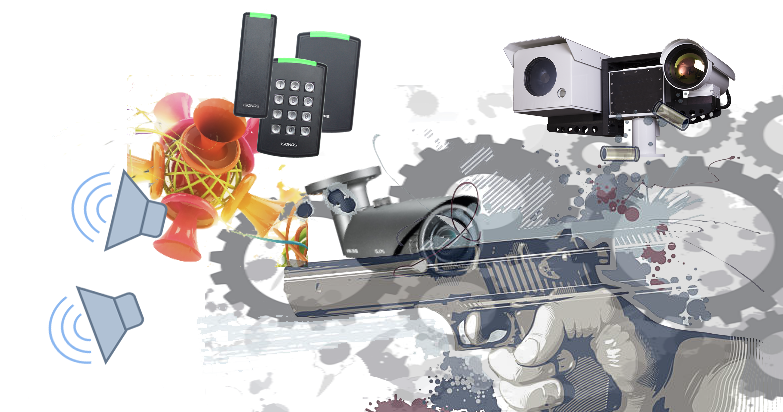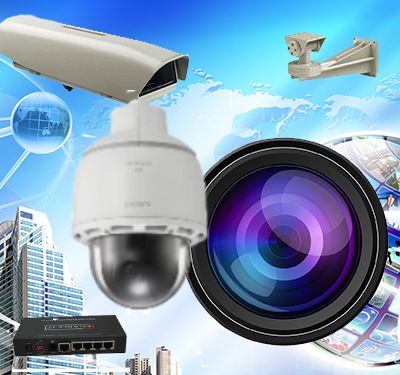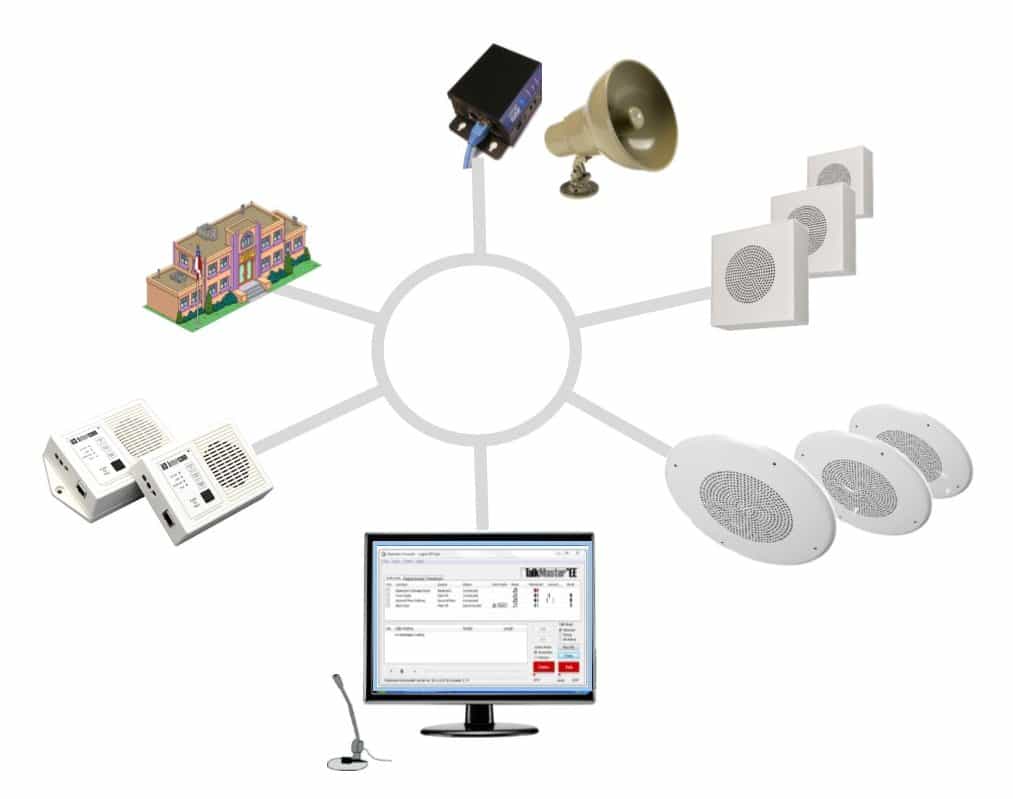This article was updated on 2/18/2018
We have seen more and more incidences on school campuses that involve active shooters. In the wake of this violence many colleges, universities, and elementary schools are searching for ways to respond to this threat.

There has been a lot of discussion about how to react. With the latest tragedy at Marjory Stoneman Douglas High School, the discussion continues. Emma Gonzalez, a senior at the high school, provided excellent perspective on the situation when she said, “Since the time of the Founding Fathers and since they added the Second Amendment to the Constitution, our guns have developed at a rate that leaves me dizzy. The guns have changed, but our laws have not”.
Of course, the best way to prevent these tragedies is to prevent the gunman from getting the guns. Unfortunately, it is not easy to do. The only thing we can offer is advice on how technology can help.

Here’s a summary of what technology can provide:
- Provide intelligence. In all situations, the challenge is for the safety officer or administration to quickly learn what is happening.
- Provide potentially life-saving instructions to the people on the campus.
- Lock-down certain areas to contain the situation.
- Use walk through metal detectors
Surveillance provides the Information you need to respond
It is essential that the security team know precisely what is happening. The safety officer is like the general in charge of a battle. Sun Tzu said in his The Art of War, “It is said that if you know your enemies and know yourself, you will not be imperiled in a hundred battles.” Good advice. When the safety center has the right information, they can make informed decisions. This information is helpful, both before the police come and after they arrive.

Many schools have surveillance cameras. Review the camera locations to make sure that they can be used in active shooter situations. Add additional cameras as necessary to meet this objective. This may be different than using cameras to watch people in the cafeteria or stores.
We don’t want to save money; we want to save lives. Make sure that the security team knows how to operate the video management system.
Using IP Camera systems, we can locate the danger, determine where people are located who may be in danger, decide where to send emergency response teams, and determine when and where to send medical assistance. Some IP camera systems allow people to view the live video on their smart devices, providing up to the minute surveillance of the situation.
Many IP cameras also can support audio. This allows the system to create an alarm situation if the camera detects gunshots. Microphones can be attached to IP cameras and placed in strategic areas. This can help the safety center gain valuable information about the intentions of the shooter.
There are some video recording systems available that include audio capability. These include Video Management Software (VMS) as well as Network Video Recorders (NVR)
Providing Instructions – Reacting to the Situation
It is important to provide instructions to the people on the campus. They must be told where to go, when there is danger, and when the situation is corrected.

In emergency situations, it is best to provide directions to the right location. After all, we don’t want to make a general announcement that says, “Leave the building,” if we only want one building to be evacuated. We just want the people in one building to leave. We may tell the people in the other buildings to stay in place.
IP paging systems that use network attached amplifiers can provide this very specific zone control. These systems allow you to make announcements to everyone, or to one building, to one floor of a building, or even to a single room. This allows you to provide critical instructions exactly where you need them.
IP Paging and intercom stations around campus can provide communication points that can supplement other emergency systems such as text messaging. Intercom stations can allow people on campus to communicate to the safety center and either provide current status or gain specific instructions.
The latest IP paging and intercom systems can also be used to create pre-determined general messages by pushing one button. To learn more about IP type intercom and paging systems, take a look at our Paging over IP System page.
Lock Down. Establishing Safety Zones
Suppose you have a situation where you know there is an active shooter approaching a dorm. Wouldn’t it be nice if you could remotely lock down that building? The latest IP door access control systems, allow the safety center to do just that. You can lock the dorm, or just one lecture hall, or one of the student buildings, or any other large gathering area.

IP door access controllers are very easy to install because they connect to the network. They integrate very nicely with the IP camera systems and IP paging and intercom systems.
Each door can be controlled to contain the situation. Not only are door readers excellent in emergencies, but they can also be used to prevent some situations from happening. If the intruder can’t get into the building without having a credential, then the situation is contained even before it starts.
General door control becomes an important tool for security, as well as creating safe areas in emergencies.
Walk Through Metal Detectors
Even though this article describes how technology can help when an active shooter situation occurs, walk through metal detectors can help prevent the situation from happening in the first place. It is unfortunate that this technology has become essential not only at airports but our schools and businesses. This is certainly not an easy solution, but it may be the best way to prevent the danger from entering the building.
The latest walk-through detectors include multiple detection zones, so you can identify where the metal object is located. For example, a single zone walk-through detector only indicates that metal was detected. A two-zone detector can indicate if the metal is on the right or left side. The more advanced detection systems can pinpoint the location with higher accuracy. For example, it can determine if there is a gun located at the ankle or belt.
Summary
Active shooter situations in our educational institutions are very scary. We are all searching for ways to improve our children’s safety. By using the latest IP security systems that include IP cameras, IP door control and IP paging systems we can help improve our awareness, reaction to emergencies and control of access to buildings.
Another source of information is the booklet, Active Shooter, How to Respond published by The Department of Homeland Security. It includes advice about how technology can provide some of the basic requirements for improving safety not only at our schools but also in large organizations.
If you need help defining your safety and security system, please don’t hesitate to contact us. We can be reached at 1-800-431-1658 in the USA, and at 914-944-3425 everywhere else; or use our contact form.